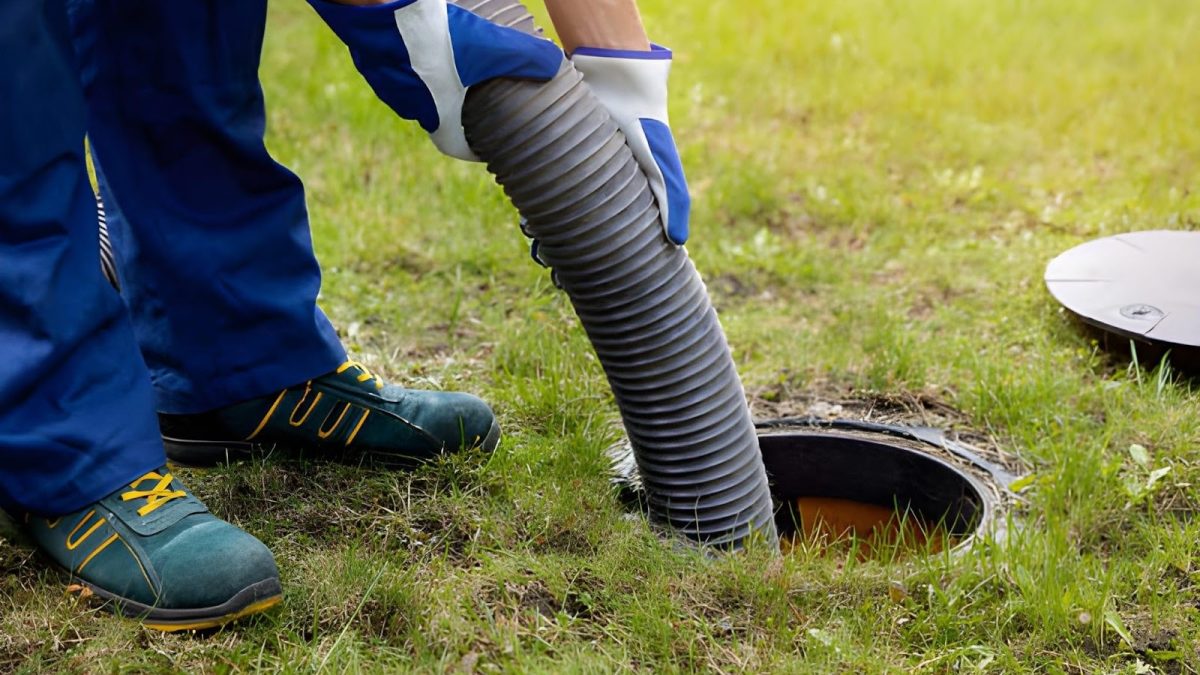If you own a home built several decades ago, it might charm you with vintage details, but lurking under the foundation are serious problems waiting to show up. The pipes underneath may degrade, crack, corrode, or collapse, and when they fail, it is not pretty because of:
- Expensive repair bills
- Health hazards
- Structural damage.
So, when you see signs like slow drains, foul smells, or lush grass patches in the yard, take note.
Why you should call in professionals
When things go wrong underground, you will want the job repaired by expert plumbers it is not something for DIY. If you are in Miami-area older homes, working with Oasis Plumbing ensures you deal with the correct techniques, proper inspections, trenchless solutions, and safe replacement. The team at Oasis Plumbing emphasizes that early camera inspection can identify trouble before it becomes catastrophic.
Working with seasoned pros also minimizes chaos: fewer dig-ups, less yard destruction, and holistic assessment of your system’s health.
What to watch for: early warning signs
Before the collapse happens, there are clues. Among the tell-tales:
- Frequent drain backups or multiple fixtures are slow at once
- Persistent sewer-gas odors or the “rotten egg” smell near drains or the basement
- Extra-green patches of grass or soggy spots in the yard, a sign of leaking sewage fertilizing the soil
- Foundation cracks or sinkholes due to underground erosion of failing sewer lines
These are not just annoyances. They are alerts that the pipe system is failing, and you risk far worse damage.

The actual issue
In older homes, the problem is often the very construction of the underground pipe system. The term aging sewer line issues covers old materials like clay, cast iron, or bituminized fiber that simply were not meant to last forever.
For instance:
- Clay pipes: brittle, crack easily beneath pressure or when tree roots invade.
- Cast iron: corrodes from the inside out, narrowing flow and weakening walls.
- Orangeburg: made of fiber/tar, paper-like – it collapses over time.
Once these materials begin to degrade, it is not a matter of “if” but “when” you will face a major sewer issue.
What you can do: inspection & repair options
Good news: you don’t necessarily need to dig up your whole yard tomorrow.
Inspection methods:
- Video camera inspection: sends a flexible camera through the line to identify cracks, blockages.
- Smoke or hydrostatic testing: reveals leaks or joint problems without full excavation.
Repair/Replacement options:
- Spot repair or trenchless pipe lining (CIPP) for isolated damage.
- Pipe bursting or full replacement when the material is too far gone.
Preventive habits:
- Avoid flushing wipes, grease, or large debris.
- Schedule an inspection every 3-5 years if the home is older than 30 years.
- Keep large trees away from the pipe path; install root barriers.
Bottom line: act before the flood
Don’t wait until raw sewage is bubbling up in your basement or your foundation is shifting. The cost of ignoring the problem skyrockets.
In short, if your home is older and you have not checked the underground sewer system, pick up the phone, call Oasis Plumbing, get a camera inspection, and start planning.
Dangers Hidden Under Old Home Sewer Systems

